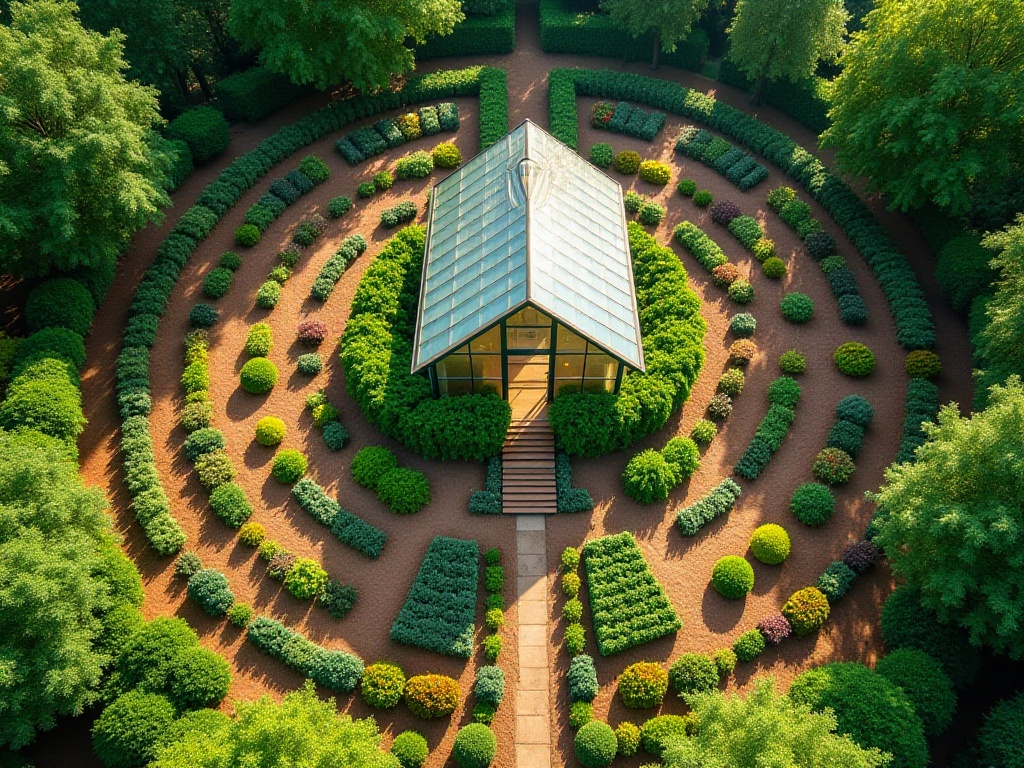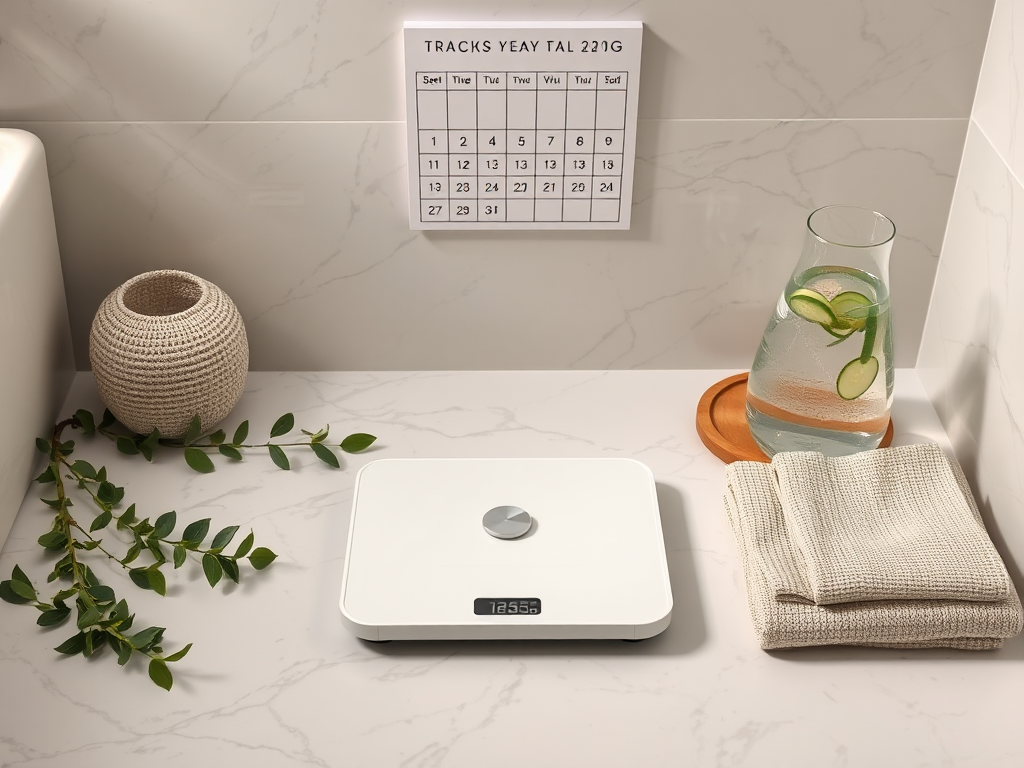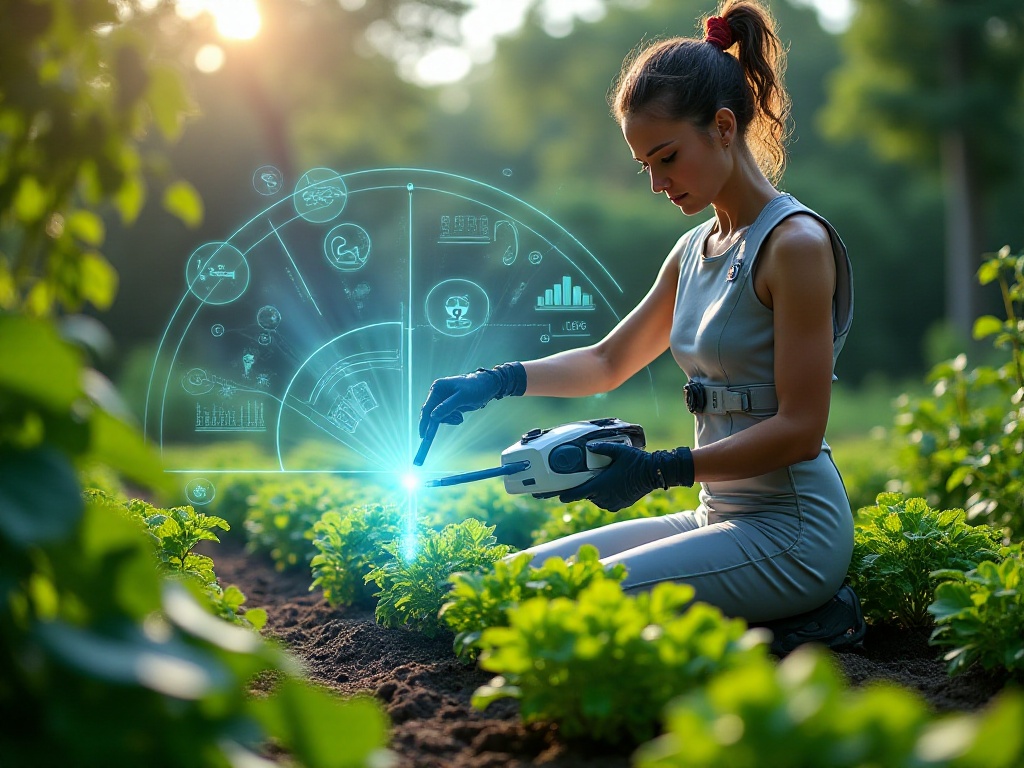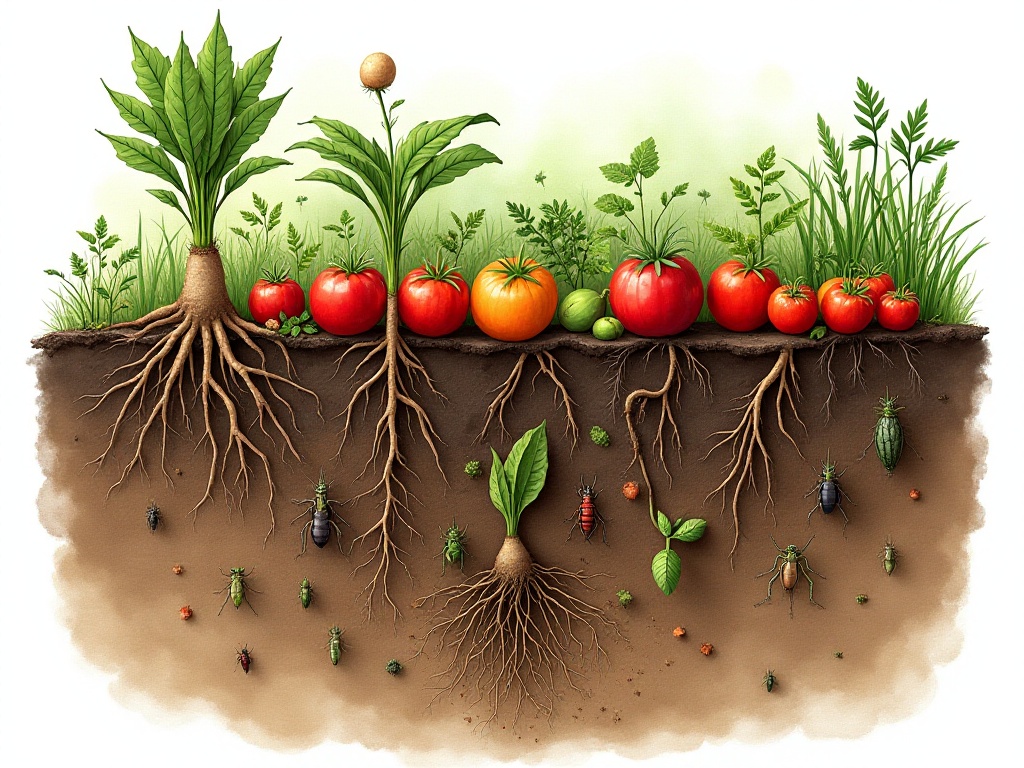Living in the city, space is always a challenge. Especially for us gardening enthusiasts, balconies and small yards can feel too cramped. But I have good news: you can absolutely grow your own big garden in limited space and enjoy the pleasures of gardening. Today I'll share some practical gardening tips that I find very useful, so whether you live in an apartment or have a small yard, you can grow the plants you desire.
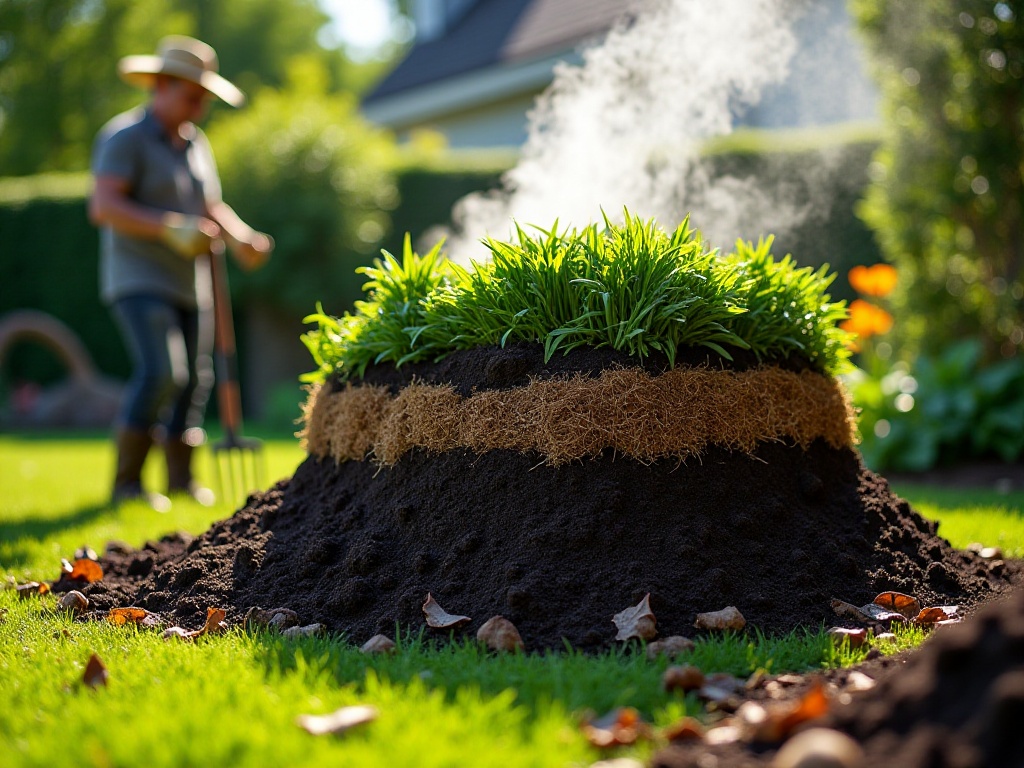
Space-Saving Gardening
Vertical Gardening
Imagine walls transformed into mini gardens - the ultimate in space utilization. When it comes to vertical gardening, I love using shoe organizers as vertical gardens. This isn't just a creative idea, it's a lifestyle transformation. Imagine coming home each day to see vibrant flowers and green plants on your wall - wouldn't that instantly brighten your mood?
First, find a sunny wall and hang up a shoe organizer. Choosing the right location is crucial since lighting is vital for plant growth. The shoe organizer has many small pockets, each like a tiny home for plants. Then you can plant herbs or small vegetables like strawberries or lettuce in each pocket. These plants are not only beautiful but can also be used as ingredients.
The benefits of vertical gardening go beyond saving floor space. Think about it - the greenery on your walls not only purifies the air but provides visual pleasure. You can choose different colors and varieties to make the entire wall look like a living painting. Better yet, you can switch out different types of plants as seasons change to maintain variety and freshness in your garden.
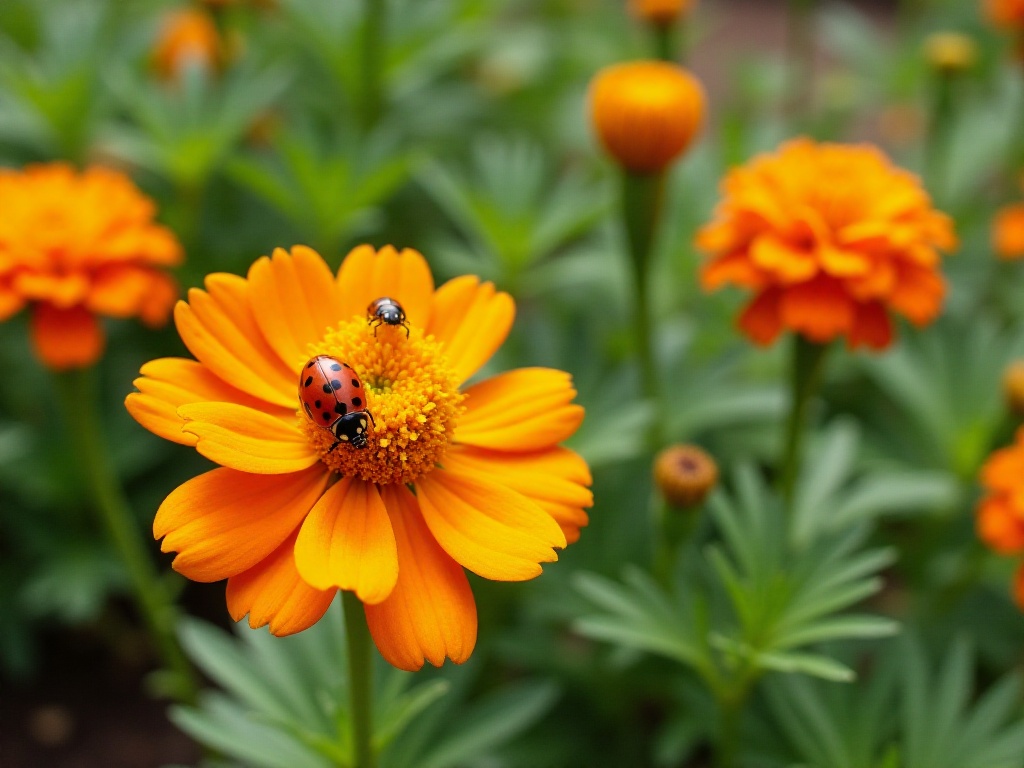
Container Gardening
Container gardening is another great way to grow plants in small spaces. It simply means growing plants in various containers - flower pots, wooden barrels, even old teacups work. The charm of container gardening lies in its flexibility and diversity. You can move plants around and adjust their growing environment based on their needs. This not only makes daily management convenient but also makes gardening more flexible.
I remember once planting rosemary in an old boot. That experiment not only made my balcony more unique but allowed the rosemary's fragrance to spread throughout the space. It was a very interesting experience because you discover that containers aren't just containers - they become part of the garden itself.
Container gardening has another big advantage: you can change the layout anytime to create your own little plant world. You can choose containers of different shapes, colors, and sizes, paired with different types of plants, to create a unique garden landscape. Each container marks the beginning of a small world, and you can continuously adjust and create new scenes based on your preferences and seasonal changes.
Companion Planting
Companion planting is a fascinating concept that not only improves space utilization but helps plants grow better. Through scientific planting methods, you can enhance plant flavors and pest control while making your garden healthier. It's like a "mutual aid group" in gardening.
For example, planting basil next to tomatoes not only enhances the tomatoes' flavor but repels mosquitoes and hornworms. There are many such examples - like planting garlic with roses helps protect roses from pests. This planting method is not only environmentally friendly but can bring unexpected surprises at harvest time.
The benefits of companion planting go beyond improving plant growth quality - it creates a harmonious ecosystem. By planting different types of plants, you can naturally control pests and reduce chemical use. Plants like lavender not only attract beneficial insects but fill your garden with fragrance. These mutual relationships make your garden not just a growing space but a vibrant ecosystem.
Gardening Life Tips
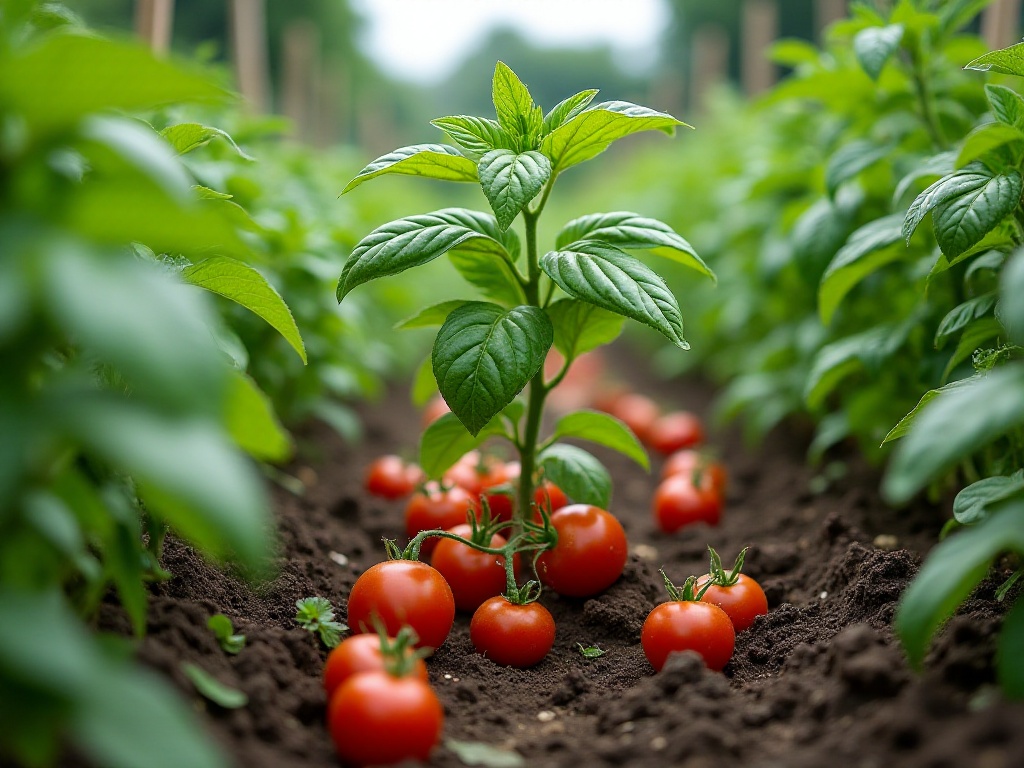
Natural Watering Methods
Sometimes watering becomes a major challenge for gardening enthusiasts, especially when you need to leave for a few days. I discovered a clever solution: DIY slow-release watering systems. This method is simple and eco-friendly.
Just poke a small hole in the bottom of a plastic bottle, fill it with water, and place it upside down in the soil. This way plants can slowly absorb water and stay hydrated. This homemade system can keep your plants watered even when you're away. You can adjust the size and number of holes based on the bottle capacity and plant water needs to ensure proper water supply.
The benefit of this method is that it uses gravity and capillary action to slowly permeate water into the soil, mimicking natural rainfall. This slow-release watering not only saves water but provides even moisture to plant roots, promoting healthy growth. Most importantly, it's very environmentally friendly, requiring no additional energy or equipment.
Kitchen Waste Reuse
If you're like me and have vegetable roots or leaves left after cooking, don't throw them away. Put celery roots or lettuce bottoms in a shallow water dish, and in a few days you'll see new shoots growing. Once roots develop, you can plant them in soil to continue growing.
This process isn't just about reusing kitchen waste - it's a philosophy of circular living. You not only reduce kitchen waste but can grow fresh vegetables at home. This practice saves resources and lets you experience the joy of growing plants in daily life. Imagine harvesting your own lettuce from your balcony to make fresh salads - that satisfaction is unmatched.

Companion Planting Guide
We mentioned some benefits of companion planting earlier, but there's more. Through scientific companion planting, you can improve plant flavors and pest control. For instance, growing garlic can prevent fungal diseases, while lavender attracts beneficial insects. This planting method not only makes your garden healthier but brings unexpected surprises at harvest time.
The principle behind companion planting is that plants can help each other. For example, some plants' roots secrete specific substances that inhibit other plants' growth, but for certain plants, these substances are actually needed nutrients. By understanding relationships between different plants, you can create a natural ecosystem, reduce human intervention, and improve garden ecological balance.
DIY Composting
Composting is a gardening treasure that can make your soil more fertile. Collect vegetable scraps, coffee grounds, leaves, and grass clippings, and layer them in a dedicated compost bin or pile. Remember to turn the compost regularly to ensure air circulation and promote decomposition. This process is not only eco-friendly but lets you witness nature's miracles.
DIY composting is very interesting. You'll discover that kitchen waste, through natural decomposition, not only reduces garbage but provides natural fertilizer for your garden. The composting process is like nature's cycle - your kitchen waste becomes soil nutrients, promoting plant growth.
Natural Pest Control
When facing pests, I prefer natural methods. For instance, introducing beneficial insects like ladybugs - they're natural aphid killers. Also, using natural pesticides like neem oil spray can effectively repel pests. Growing marigolds is another good approach as they repel nematodes and other pests. These natural control methods are both eco-friendly and healthy.
Natural pest control methods not only protect the environment but make your garden a naturally harmonious ecosystem. You can control pests by introducing beneficial insects, reducing reliance on chemical agents. Plants like marigolds not only beautify your garden but naturally repel certain pests.
Soil Testing and Improvement
Finally, regarding soil, understanding its pH and nutrient content is key. Use soil testing tools to check pH and nutrient levels. If soil is too acidic, add lime to raise pH; if too alkaline, use sulfur to lower it. Based on test results, choose appropriate fertilizers or additives to supplement soil nutrients, ensuring healthy plant growth.
Soil is the foundation for plant growth, and understanding and improving soil is your first step to becoming a successful gardener. Through soil testing, you can understand soil acidity and nutrient conditions, then make adjustments accordingly. This scientific management not only improves plant growth quality but makes your gardening work more effective.
Through these gardening tips, I hope you can grow your own little Eden in limited space. Gardening isn't just about growing plants - it's a life attitude that helps us find tranquility and beauty in busy lives. Next time you see the lush greenery on your balcony, tell me, do you also feel that inner peace?




